Daniel 8:5 "behold, an he goat came from the west on the face of the whole earth, and touched not the ground and the goat had a notable horn between his eyes."
The Goat here is shown coming from the west.
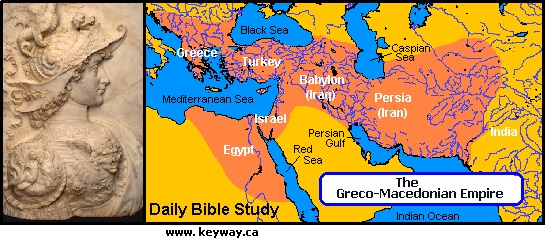
Daniel 8:6 "And he came to the ram that had two horns, which I had there seen standing before the river, and ran unto him in the fury of his power."
Daniel 8:7 "And I saw him come close unto the ram, and he was moved with choler against him, and smote the ram, and brake his two horns: and there was no power in the ram to stand before him, but he cast him down to the ground, and stamped upon him: and there was none that could deliver the ram out of his hand."
Clearly we find out again who the next kingdom is, that being Greece.
Daniel 8:21 "And the rough goat is the king of Grecia: and the great horn that is between his eyes is the first king."
And the horn of course is their first king "Alexander the Great".
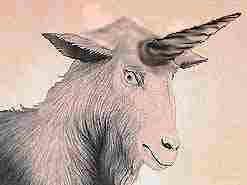
Daniel 8:8 "Therefore the he goat waxed very great: and when he was strong, the great horn was broken;"
Greece is shown as very great.
The horn being broken represents the death of Alexander at the age of 32.
Daniel 8:8 "and when he was strong, the great horn was broken; and for it came up four notable ones toward the four winds of heaven."
Daniel 8:22 "Now that being broken, whereas four stood up for it, four kingdoms shall stand up out of the nation, but not in his power."
After Alexander died his kingdom was divided among his four leading generals.
- Macedon - Cassander
- Thrace - Lysimachus
- Syria - Seleucus
- Egypt - Ptolemy
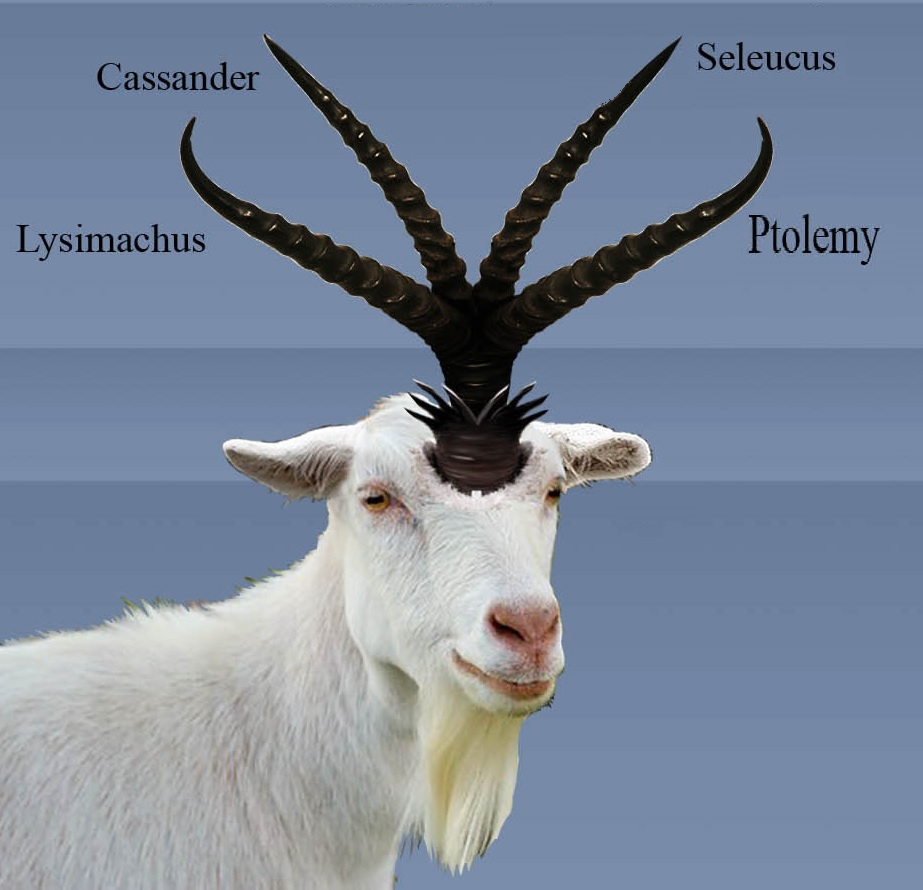
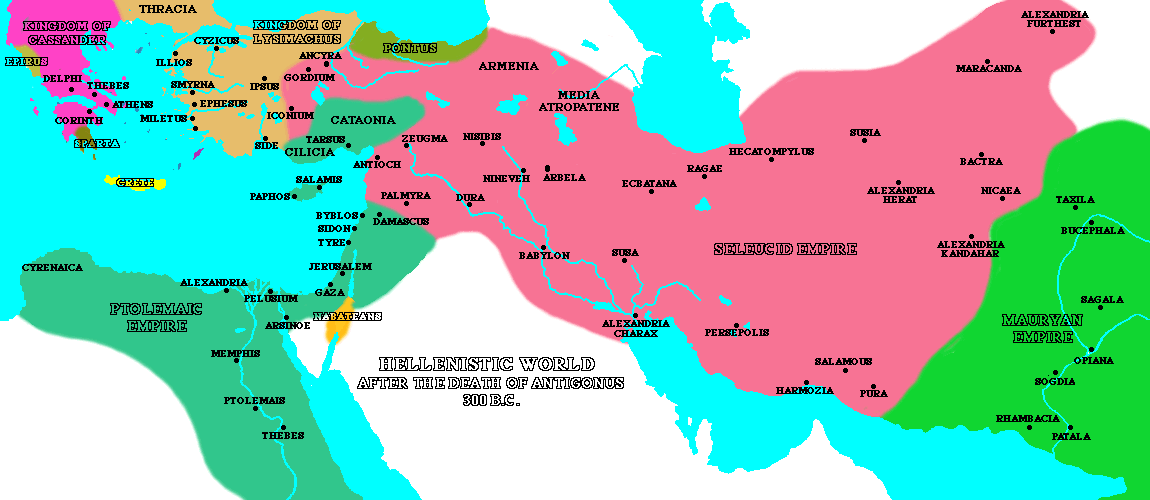
Symbolism
The Goat was also used in the Sanctuary service for the Day of Atonement.
One Goat was for Jesus Lev 16:8-9 and the other goat was sent into the wilderness to die with those sins Lev 16:21.
All sins were cleansed by Jesus then transferred to the goat "symblolized by Satan" and led into the wilderness to die with those sins.
This vision is much about the battle between Jesus and Satan, good and evil, rightousness and sin.
In Mat 25:32 Jesus seperates the sheep from the goats.
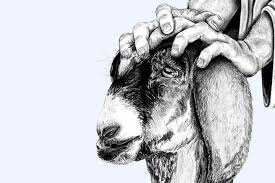

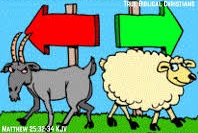
1843 Chart (By Charles Fitch and Apollos Hale) |
1850 Chart (By Otis Nichols) |
|
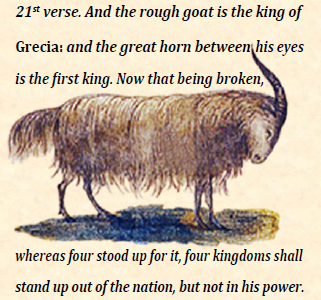 |
 |